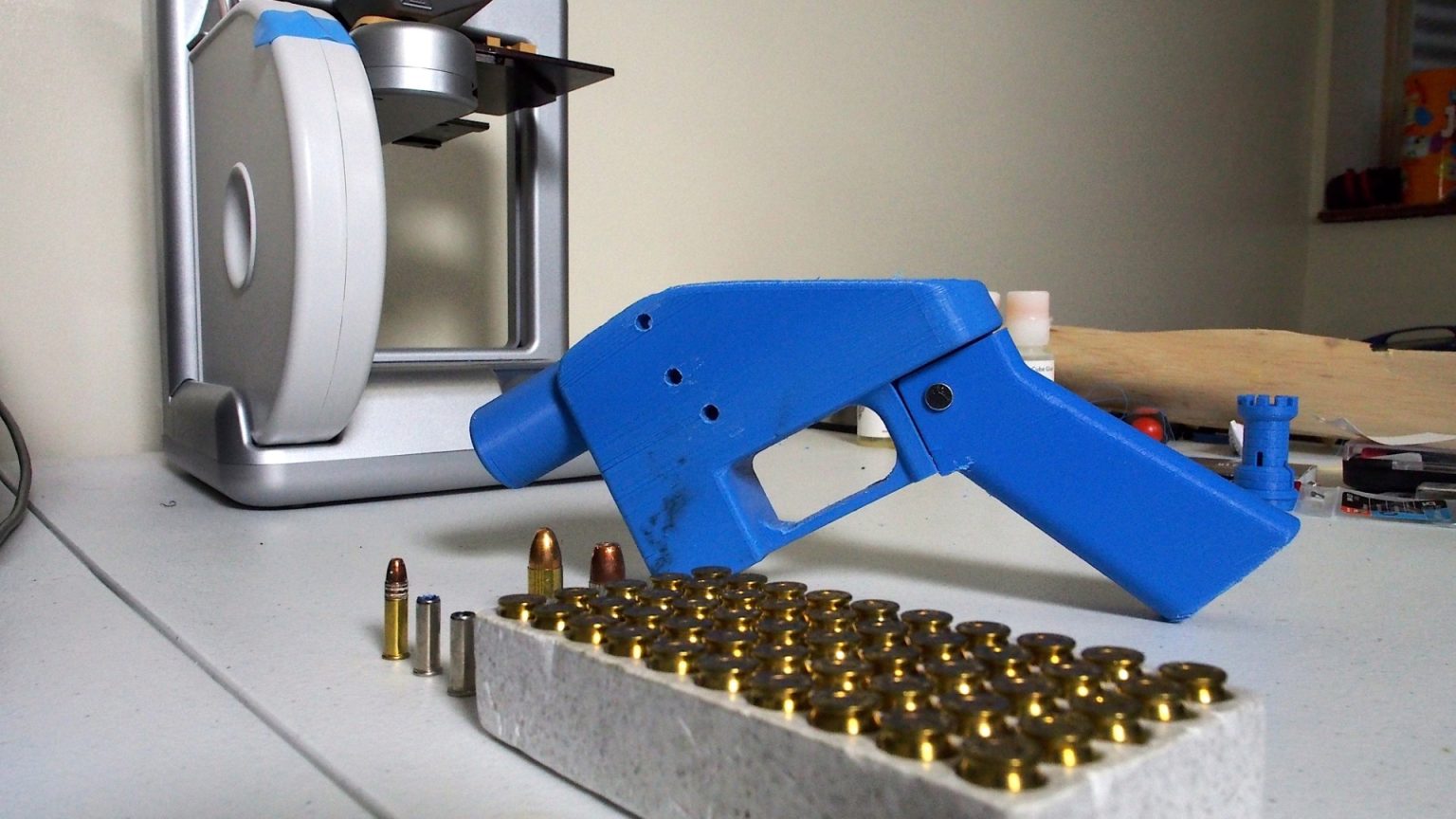The proliferation of 3D-printed firearms, often referred to as “ghost guns” due to their lack of serial numbers and traceability, has emerged as a significant security concern in the United Kingdom. MI5’s National Protective Security Authority (NPSA) has revealed that at least eleven terror plots since 2020 have involved these untraceable weapons, highlighting the growing threat they pose to national security. This alarming trend underscores the accessibility of firearm manufacturing technology and the challenges it presents to traditional law enforcement and counter-terrorism efforts. The ease with which individuals can acquire blueprints and assemble these weapons, combined with the difficulty in tracking their distribution, makes them a particularly attractive tool for those seeking to engage in illicit activities, including terrorism.
The recent convictions of Jack Robinson and Gabriel Budasz serve as stark examples of this growing threat. Robinson received a 9½ year sentence for attempting to produce a 3D-printed semi-automatic firearm for terrorist purposes, while Budasz was sentenced to 12 years after authorities discovered a ghost gun and a 3D printer at his residence. These cases, along with at least nine others identified by the NPSA, demonstrate the tangible danger posed by 3D-printed weapons and their increasing prevalence in the UK’s terrorist landscape. The NPSA’s assessment that these weapons represent a “persistent terrorist threat” emphasizes the need for enhanced vigilance and proactive measures to counter their proliferation.
The untraceable nature of 3D-printed firearms presents a significant challenge for law enforcement agencies. Traditional methods of firearms tracing, which rely on serial numbers and manufacturer records, are ineffective against these homemade weapons. This lack of traceability makes it virtually impossible to determine the origin, distribution, and ultimate use of ghost guns, hindering investigations and potentially allowing individuals to acquire and utilize these weapons without detection. This anonymity also appeals to individuals involved in criminal activities, as it allows them to operate outside the established frameworks of firearms regulation and accountability.
Furthermore, the accessibility of 3D printing technology exacerbates this threat. Blueprints for firearms components and even complete weapons are readily available online, enabling individuals with basic technical skills and access to a 3D printer to manufacture their own firearms. This decentralized production model bypasses traditional gun control measures and makes it increasingly difficult for authorities to regulate the flow of these weapons. The increasing affordability and availability of 3D printers further contribute to this problem, potentially placing these manufacturing capabilities within reach of a wider range of individuals, including those with malicious intent.
The international dimension of this issue is also highlighted by the discovery of a ghost gun on the alleged killer of health boss Brian Thompson in New York. This underscores that the threat posed by 3D-printed firearms is not confined to the UK but is a global concern. The ease with which designs and components can be shared across borders further complicates efforts to regulate their production and distribution. International cooperation and information sharing are crucial to addressing this transnational challenge and preventing the proliferation of these weapons.
The rising threat of 3D-printed firearms necessitates a multi-pronged approach involving technological advancements, legislative measures, and international collaboration. Developing technologies to detect and trace these weapons is crucial for empowering law enforcement agencies to effectively combat their use in criminal activities. Simultaneously, exploring legislative options to regulate the dissemination of firearm blueprints and the sale of 3D printers capable of producing firearm components may help curb their accessibility. Finally, fostering international cooperation to share intelligence, best practices, and regulatory strategies is essential to addressing the global nature of this threat. The combined efforts of law enforcement, policymakers, and technology developers are essential to mitigate the risks posed by 3D-printed firearms and ensure the safety and security of communities worldwide.











